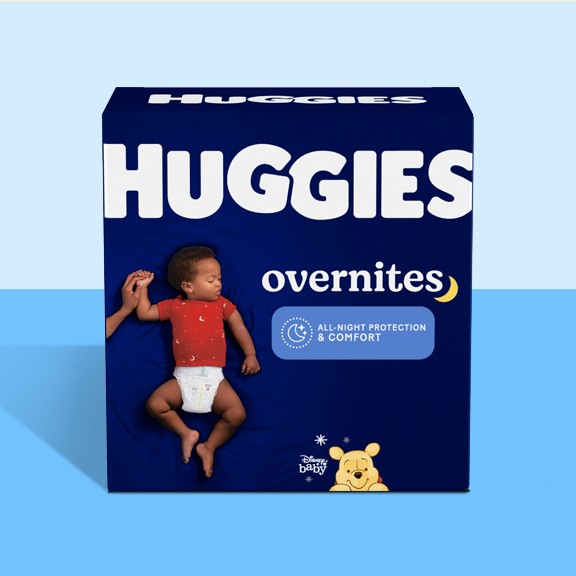
By the time a child is one or two, he or she is most likely ready to explore the world. This can mean walking for the first time, showing new feelings and emotions, or branching out at meal times.
Because food preferences are established early on, this is a great time to tap into that sense of "exploration" by presenting your child with a wide range of snack, meal and drink choices. To make sure your child eats a healthy, balanced diet, start by applying the same basic guidelines you use for your own healthy eating to your child's meals and snacks.
Specifically, this means eating a balance of breads, cereal, rice and pasta; vegetables and fruit; dairy products; meat, fish, poultry and vegetarian sources of protein, such as beans and legumes; and healthy forms of fat.
The bread box. In the bread and cereal category, seek out foods that will fit in your child's hand (also known as finger foods), and that are soft enough to eat without the risk of choking. Good examples include cooked whole-wheat pasta, soft whole-grain crackers, whole-wheat bagels or bread, cooked breakfast cereal such as oatmeal or cooked rice.
The vegetable bin. When it comes to vegetables, cooked vegetables tend to be safer for young children than raw vegetables because they are softer. You can prepare canned, frozen, or fresh vegetables. Try to feed your child as many different colors of the rainbow as possible, a concept promoted by the 5-A-Day campaign. This means choosing foods from the five colors — yellow/orange, red, blue/purple, green and white. Examples include sweet potato and corn in the yellow/orange category, beets in the red category, eggplant in the blue/purple category, green beans or peas in the green category, and cauliflower in the white category.
The fruit bowl. Most toddlers love fruit and the possibilities here are endless, depending on the season and/or what's available in your supermarket. If you have time to cut and prepare fresh fruit, try strawberries, melon, pineapple, or cut-up grapes. If you are purchasing packaged fruit, try individual servings of applesauce, which are now available in a wide variety of flavors. Most kids also love watermelon on a hot sunny day and if they are thirsty, 100-percent fruit juices are a good choice. Just be mindful of letting your child fill up on juice and remember that whole fruit is a better choice nutritionally than juice.
The dairy case. Dairy products are a good source of calcium and children ages 1 to 3 require 500 mg of calcium per day, according to the American Medical Association. Good choices include cheese, yogurt, milk or even cottage cheese. Many types of cheese and yogurt are now available in individual servings, whether it's cheese sticks or tubes of yogurt. Although these may cost more than buying large containers of the product, the gimmick can often work to your advantage! Other non-dairy, kid-friendly sources of calcium include tofu, salmon, or calcium-fortified beverages, such as orange juice.
Protein choices. Good sources of protein for toddlers include lean meat, chicken or turkey, fish, eggs, tofu or cooked beans. If your child seems skittish of beans or lentils, try preparing them in soup or chili. Although the occasional cut-up hot dog or bologna sandwich probably won't hurt your child, do your best to steer clear of foods with added preservatives, salt or chemicals.
All about fat. Up to the age of two, children need plenty of fat in their diet to ensure proper brain development. (This explains why about half the calories in breast milk and infant formula come from fat.) After the age of two, children need about 30-percent of their calories from fat, according to the American Medical Association. This may mean switching from whole milk to low-fat milk, preparing lower-fat cuts of meat or poultry, or steaming, baking or broiling your food.
The cookie jar. Occasional sweets are okay, but if your child eats candy, cookies or dessert on a regular basis, this may dull his or her taste for healthier foods.
If you have questions relating to your child's nutrition, be sure to check with your pediatrician or other medical professional for expert advice.
By: Barbara C. Bourassa







